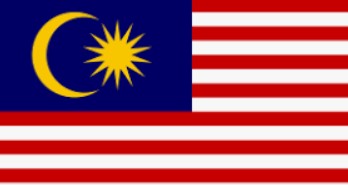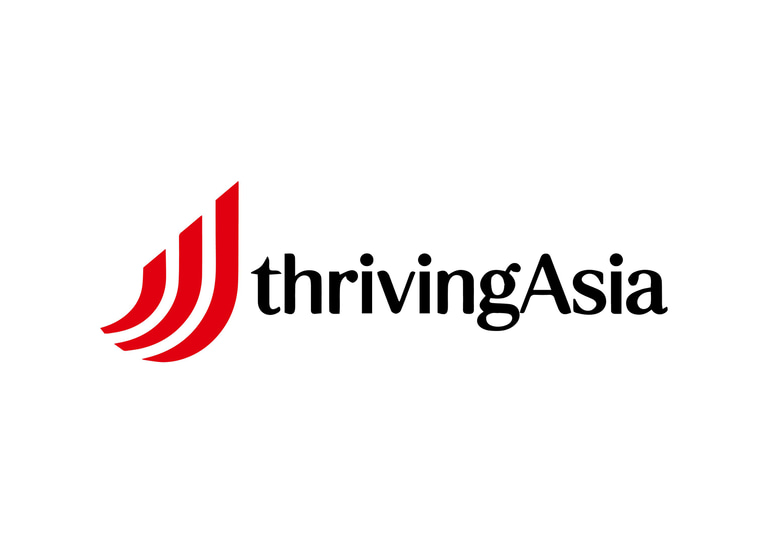Population: 35.6 million inhabitants
GDP: About USD 422 billion (2024), with sustained growth (5.1% per year)
1. Introduction: Why Malaysia?
Malaysia, located at the heart of ASEAN, is a dynamic and diversified economy, offering a favorable environment for Western SMEs and investors. With a population of 32.6 million, an expanding middle class, and stable economic growth (4–5% in 2025), the country positions itself as a strategic gateway to Southeast Asia. Malaysia is also recognized for its political stability, solid regulatory framework, and openness to foreign investment.
2. Key Strengths of the Malaysian Market
A. Stable Economic and Political Environment
Sustained economic growth: Malaysia’s GDP is expected to grow by 4% in 2025, driven by private consumption, exports, and both public and private investment. The country ranks 23rd in the World Competitiveness Ranking 2025, ahead of most of its ASEAN neighbors.
Political stability: Malaysia benefits from a strong institutional framework and prudent macroeconomic policies, with a low country risk rating (A3 stable by Moody’s, A- by S&P).
Openness to FDI: The Malaysian government actively promotes foreign investment, notably through tax incentives and special economic zones (e.g., Penang, Johor)
B. Promising Sectors and Opportunities
Manufacturing industry: Malaysia is a regional hub for electronics, aerospace, defense, and medical equipment. The sector represents 22% of GDP and includes more than 49,000 companies, most of them SMEs.
Renewable energy: The country aims to produce 31% of its electricity from renewable sources by 2025, with significant solar (1,700 MW planned) and biomass development. Western SMEs can participate in tenders for green infrastructure projects.
Health and wellness: The market for dietary supplements and natural health products is growing strongly (+10% per year), with increasing demand for high-quality Western products.
Technology and digitalization: Malaysia is a regional leader in digital adoption, with growing demand for SaaS, fintech, and e-commerce solutions. The government actively supports SMEs in their digital transformation.
Tourism and services: The country targets 31.4 million tourists in 2025, creating opportunities for SMEs in hospitality, food services, and travel-related industries.
C. Competitive Advantages
Skilled and competitive workforce: Malaysia has a well-trained workforce with strong English proficiency and recognized technical skills, particularly in electronics and engineering.
Modern infrastructure: High-quality ports, airports, and road networks facilitate logistics and trade.
Access to financing: SMEs can obtain bank loans and grants through institutions such as SME Bank, although large companies still have easier access
D. Favorable Regulatory Framework
Tax incentives: Corporate tax exemptions (up to 10 years) for investments in priority sectors (technology, green energy, health).
Administrative simplification: Setting up a business or obtaining permits is relatively straightforward compared to other countries in the region.
3. Challenges and Difficulties in Entering and Growing
A. Regulatory Complexity and Bureaucracy
Sector restrictions: Certain sectors (media, agriculture, retail) are reserved for local companies or require a majority Malaysian partner. For example, foreigners cannot hold more than 49% ownership in most industries.
Administrative delays: Obtaining permits or certifications can be lengthy, especially for SMEs unfamiliar with the local system
B. Local and Regional Competition
Agile Malaysian SMEs: Local companies know the market well and benefit from strong networks, making entry difficult for Western SMEs, particularly in traditional sectors (textiles, food).
Asian competition: Chinese, Japanese, and Korean products already dominate many industries (electronics, automotive), often with more competitive pricing.
C. Cultural Barriers and Team Management
Hierarchy and indirect communication: Malaysian culture is highly hierarchical, with centralized decision-making and indirect communication to avoid conflict. Western SMEs must adapt their management style to prevent misunderstandings.
Ethnic diversity: Malaysia’s three main ethnic groups (Malays, Chinese, Indians) each have their own cultural and linguistic codes. Understanding these dynamics is essential for business success.
D. Export Dependence and Economic Volatility
Exposure to global cycles: Malaysia relies heavily on exports (80% of GDP), making it vulnerable to global economic slowdowns (e.g., reduced demand for electronics).
Currency fluctuations: The Malaysian ringgit is volatile, which can affect import costs and foreign companies’ margins.
E. Product and Marketing Adaptation
Local preferences: Malaysian consumers have specific expectations (e.g., halal food, products suited to tropical climates). Western SMEs must adapt their offerings accordingly.
Standards and certifications: Local requirements (e.g., halal certification for food products) can be challenging for unprepared SMEs.
4. Successes and Failures of Western SMEs in Malaysia
A. Success Stories
SNECI (France) – Industrial and aerospace consulting
Strategy: Long-term local presence, partnerships with Malaysian firms to respond to public tenders (e.g., defense equipment modernization).
Result: Over 300 French subsidiaries in Malaysia, employing 30,000 people, with steady growth in aerospace and energy sectors.Unilever (UK/Netherlands) – Consumer goods
Strategy: Product adaptation to local tastes (e.g., tropical-scented soaps and shampoos), partnerships with Malaysian distributors, and targeted marketing campaigns.
Result: Market leader with strong presence in both supermarkets and small shops.Solaris Offgrid (Germany) – Renewable energy
Strategy: Collaboration with NGOs and local cooperatives to distribute solar kits in rural areas, with a microcredit-based business model.
Result: Thousands of households equipped with solar energy, fast ROI thanks to government subsidies.
B. Failures
Tesco (UK) – Retail
Mistakes: Underestimating local competition (e.g., 7-Eleven, AEON), poor adaptation to consumer habits (frequent small purchases), and logistical challenges.
Result: Exit from the market after years of losses despite heavy investment.Carrefour (France) – Retail
Mistakes: Over-standardized strategy, inability to compete with local shops and Malaysian supermarkets.
Result: Sold its operations to a local group after years of difficulties.Uber (USA) – Ride-hailing
Mistakes: Underestimating local competition (Grab, MyCar), failure to adapt to local practices (cash payments, motorcycle taxis). Result: Acquired by Grab in 2018 after massive losses
5. Recommendations for Success in Malaysia
A. Preparation and Market Entry Strategy
Conduct in-depth market research: Understand local preferences, competition, and sector-specific regulations before entering.
Choose the right partner: Work with a local distributor, agent, or joint venture to navigate administrative and cultural complexities.
Adapt products/services: Take into account local standards (halal, etc.) and consumer expectations.
B. Operational Management
Invest in logistics: Partner with local players to optimize distribution, especially outside major cities.
Train teams: Provide intercultural training for both Western and Malaysian employees.
Leverage digital: Build a strong presence on social media and e-commerce platforms to reach consumers.
C. Risk Management
Anticipate currency fluctuations: Use hedging tools to limit the impact of ringgit volatility.
Protect against corruption: Work with local lawyers and consultants to avoid regulatory pitfalls.
Diversify markets: Don’t focus solely on Kuala Lumpur—explore growing regions such as Penang, Johor, and Sabah.
6. Conclusion: An Attractive but Demanding Market
Malaysia offers enormous potential for Western SMEs and investors, thanks to its economic stability, modern infrastructure, and openness to FDI. However, challenges (regulation, competition, cultural adaptation) require thorough preparation and a well-tailored strategy. Success demands flexibility and patience, as results may take time to materialize.

Malaysia
